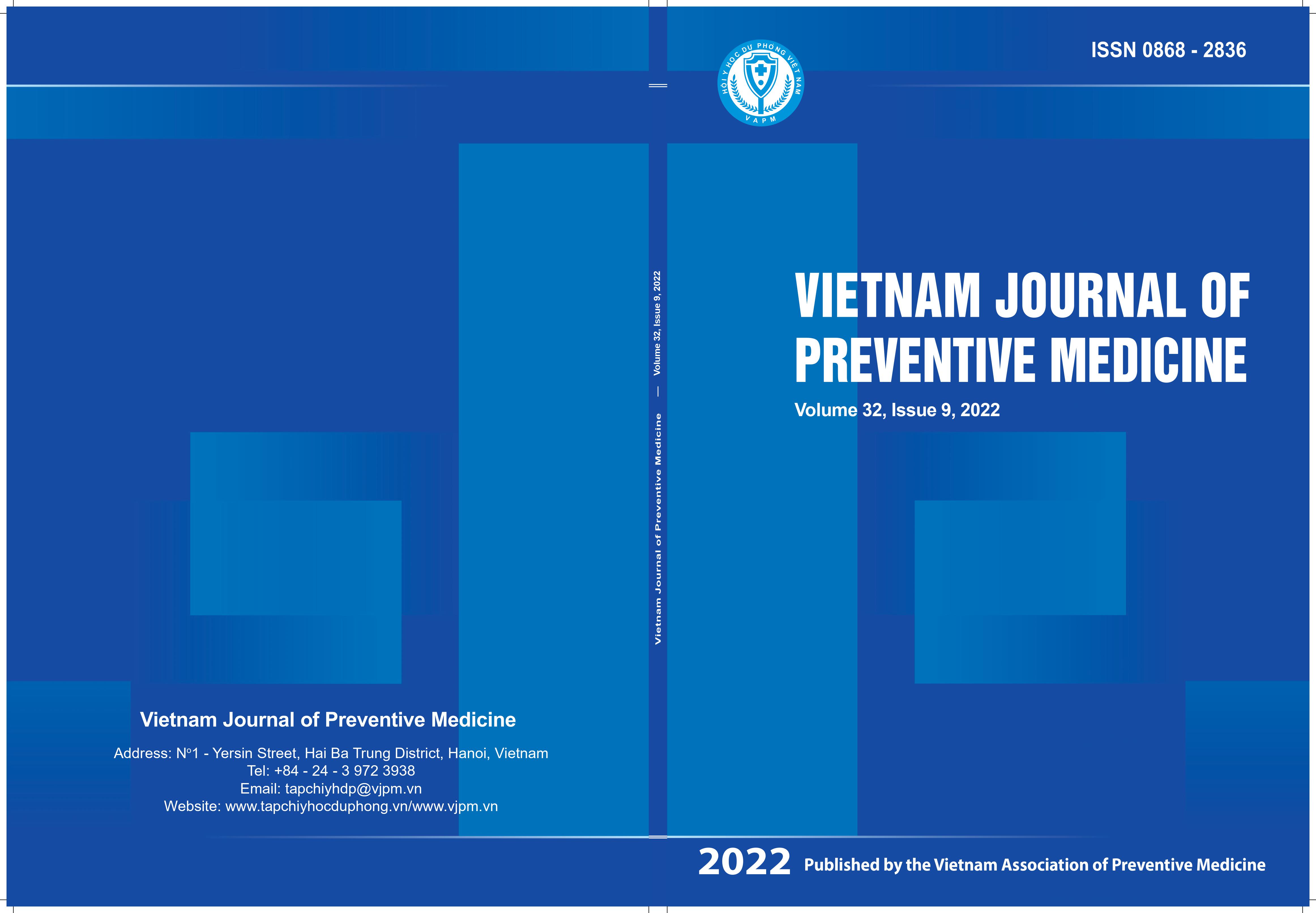Identification of bioactive compounds Inhibitors of M. tuberculosis Growth Using Whole Cell Based High-Throughput Screening
DOI:
https://doi.org/10.51403/0868-2836/2022/926Keywords:
Mycobacterium tuberculosis, High-Throughput screening, natural products, fluorescence - luminescent signal, drug discoveryAbstract
Drug discovery and development for Mycobacterium tuberculosis (Mtb) has progressed significantly in more than 20 years, although it is still woefully underfunded. From a drug discovery perspective, tuberculosis is a particularly challenging disease. Screening for new antimicrobial agents is routinely conducted only against actively replicating bacteria. However, it is now widely accepted that a physiological state of nonreplicating persistence (NRP) is responsible for antimicrobial tolerance in many bacterial infections. The MICs of 138 established pure bioactive compounds determined in microplate cultures, of which anaerobic conditions were maintained for ten days and, for comparative purposes, aerobic conditions for seven days. Cultures exposed to drugs under anaerobic conditions followed by 28h of “recovery” under ambient oxygen produced a luminescent signal that was, for most compounds, proportional to the number of hits determined > 90% in MICs MABA was 99 (71.7%), GAS was 118 (85.5%), and MICs LORA was 7 (5.1%). As a result, aerobic and anaerobic bacteria conditions in vitro assays are prone to support a drug discovery program for tuberculosis. These potential bioactive compounds are in the drug discovery and development of anti-tubercular drugs.
Downloads
Downloads
Published
How to Cite
Issue
Section
License
Publication License No 150/GP-BTTTT signed on May 8, 2014;
Electronic Publication License No 322/GP-BTTTT signed on June 15, 2016.


